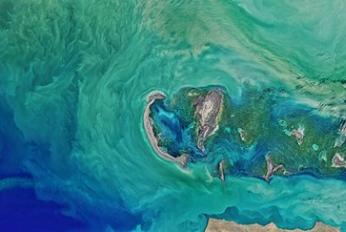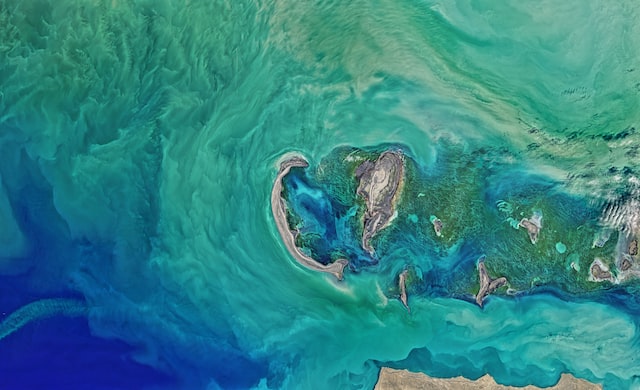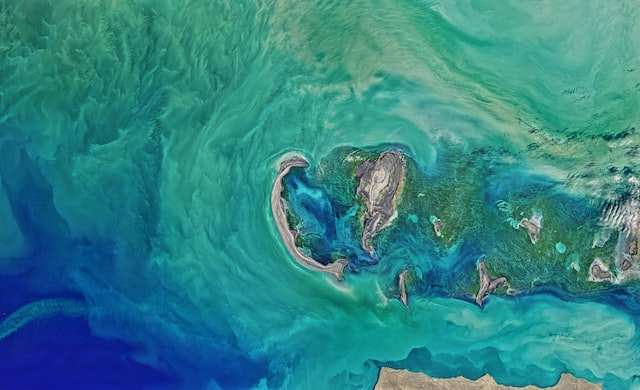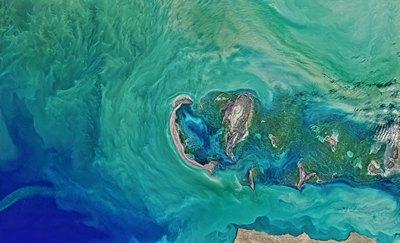Documents
This section features public documents and files uploaded by the stakeholders and custodians of the Caspian Sea environment.
 Caspian Environment Programme - Regional Water Quality Monitoring (2009)Tue, 12/06/2018 - 11:51This Regional Water Quality Monitoring Programme has been developed as part of the project “Caspian Water Quality Monitoring and Action Plan for Areas of Pollution Concern’s (Caspian MAP)”. This project has been financed by the Tacis Programme of the European Union (EU) which amongst others promotes regional co-operation on
Caspian Environment Programme - Regional Water Quality Monitoring (2009)Tue, 12/06/2018 - 11:51This Regional Water Quality Monitoring Programme has been developed as part of the project “Caspian Water Quality Monitoring and Action Plan for Areas of Pollution Concern’s (Caspian MAP)”. This project has been financed by the Tacis Programme of the European Union (EU) which amongst others promotes regional co-operation on
- Description
This Regional Water Quality Monitoring Programme has been developed as part of the project “Caspian Water Quality Monitoring and Action Plan for Areas of Pollution Concern’s (Caspian MAP)”. This project has been financed by the Tacis Programme of the European Union (EU) which amongst others promotes regional co-operation on environmental protection. On of the main objectives of the Caspian MAP is to support the Caspian Environment Programme (CEP), which is a partnership between the five littoral states - Azerbaijan, Islamic Republic of Iran, Kazakhstan, Russian Federation and Turkmenistan, and International Partners like EU, UNDP, UNEP, and the World Bank. The CEP's mission is to assist the Caspian littoral states to achieve the goal of environmentally sustainable development and management of the Caspian environment for the sake of long-term benefit for the Caspian inhabitants.
- Attached documents
- Metadata
- Year
- 2009
 Caspian Environment Programme - Regional Pollution Action Plan (2009)Tue, 12/06/2018 - 11:48The Regional Pollution Action Plan for the Caspian Sea (RPAP), has been prepared as part of the project “Caspian Water Quality Monitoring and Action Plan for Areas of Pollution Concern’s (hereafter: Caspian MAP)”. The project is financed by the Tacis Programme of the European Union (EU), which has as one of its objectives th
Caspian Environment Programme - Regional Pollution Action Plan (2009)Tue, 12/06/2018 - 11:48The Regional Pollution Action Plan for the Caspian Sea (RPAP), has been prepared as part of the project “Caspian Water Quality Monitoring and Action Plan for Areas of Pollution Concern’s (hereafter: Caspian MAP)”. The project is financed by the Tacis Programme of the European Union (EU), which has as one of its objectives th
- Description
The Regional Pollution Action Plan for the Caspian Sea (RPAP), has been prepared as part of the project “Caspian Water Quality Monitoring and Action Plan for Areas of Pollution Concern’s (hereafter: Caspian MAP)”. The project is financed by the Tacis Programme of the European Union (EU), which has as one of its objectives the promotion of regional co-operation on environmental protection. The overall objective of the Caspian MAP is to achieve improved quality of the marine and coastal environment of the Caspian Sea. In particular, the RPAP (current Report) provides recommendations to regional strategies for pollution reduction, with a focus on the identified Areas of Pollution Concern. The Caspian MAP also developed a proposal for a Regional Water Quality Monitoring Program.
- Attached documents
- Metadata
- Year
- 2009
 Article - Review of pollution sources and controls in Caspian Sea regionMon, 23/04/2018 - 18:24Daily extractions of crude oil and gas and transportation of them are the main pollution sources of the Caspian Sea. Many trucks for charring oil from ports along the Caspian Sea are considered as point and nonpoint sources along the seaboard. In addition, many ships, which are navigating in the Sea, are emitting pollution t
Article - Review of pollution sources and controls in Caspian Sea regionMon, 23/04/2018 - 18:24Daily extractions of crude oil and gas and transportation of them are the main pollution sources of the Caspian Sea. Many trucks for charring oil from ports along the Caspian Sea are considered as point and nonpoint sources along the seaboard. In addition, many ships, which are navigating in the Sea, are emitting pollution t
- Description
Daily extractions of crude oil and gas and transportation of them are the main pollution sources of the Caspian Sea. Many trucks for charring oil from ports along the Caspian Sea are considered as point and nonpoint sources along the seaboard. In addition, many ships, which are navigating in the Sea, are emitting pollution to the Sea. Many cities and industries surround the Caspian Sea. Pollution from these cities and industries enter the Caspian Sea either directly or through rivers. The purpose of this paper is to look at the benefits of environmental management strategies in pollution prevention such as waste minimization and clean technologies. This minimizes the environmental problems due to waste generation and eliminates the cost of treatment and disposal of the waste. The benefits of the environmental management program along the Caspian Sea will ensure the clean water and the better environment of the Sea.
- Attached documents
- Metadata
- Year
- 2009
 Kazakhstan's Second National Communication to the Conference of the Parties of the United Nations Framework Convention on Climate ChangeSat, 21/04/2018 - 12:00The calculations were made using the MARKAL modeling tool and were based on strategic development plans for different economic sectors. The Communication assesses electricity saving potential in respect of energy efficiency and lower carbon intensity. It also reflects the possible costs related to GHG emissions reduction mea
Kazakhstan's Second National Communication to the Conference of the Parties of the United Nations Framework Convention on Climate ChangeSat, 21/04/2018 - 12:00The calculations were made using the MARKAL modeling tool and were based on strategic development plans for different economic sectors. The Communication assesses electricity saving potential in respect of energy efficiency and lower carbon intensity. It also reflects the possible costs related to GHG emissions reduction mea- Description
The calculations were made using the MARKAL modeling tool and were based on strategic development plans for different economic sectors. The Communication assesses electricity saving potential in respect of energy efficiency and lower carbon intensity. It also reflects the possible costs related to GHG emissions reduction measures in all economic sectors.
For the first time in Kazakhstan we have analysed the influence of climate change on forests and human health, as well as the data on mudflow activity and the change in glaciers. For climate change calculations, we used the data of the hottest decade (1995- 2005) combined with unified WMO methodology and climate change indices. Climate change scenaria were developed using the most recent ocean-atmosphere circulation models.
Nurgali Ashimov
Minister of Environment Protection Republic of Kazakhstan- Attached documents
- Metadata
- Year
- 2009
Document

Caspian Environment Programme - Regional Water Quality Monitoring (2009)
Document

Caspian Environment Programme - Regional Pollution Action Plan (2009)
Document

